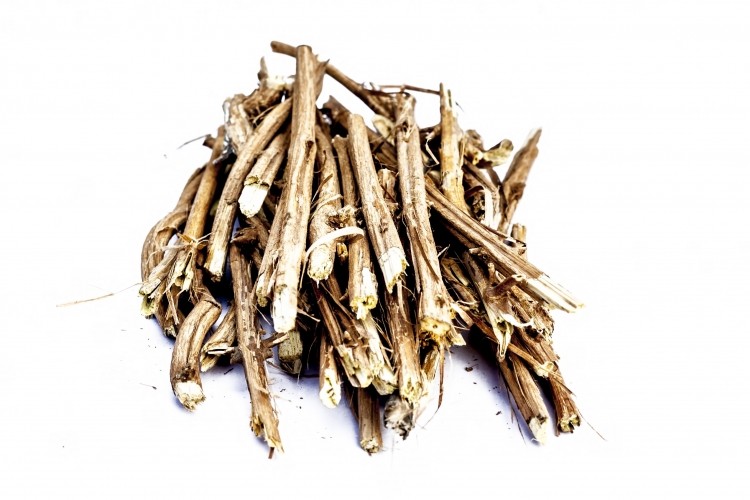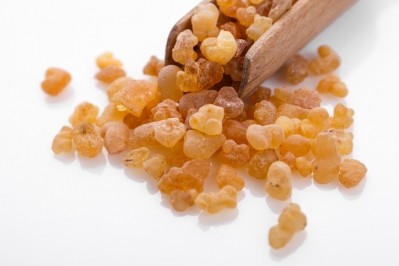BAPP ashwagandha bulletin to help industry tell when roots have been adulterated with leaves

The new BAPP (Botanical Adulterants Prevention Program) bulletin is the work of Bengaluru, India-based Natural Remedies Private Limited, Alkemist Labs, which is based in Garden Grove, CA and other members of BAPP. The program itself is a collaboration of the American Botanical Council, the American Herbal Pharmacopoeia and the National Center for Natural Products Research at the University of Mississippi.
The new publication details the adulteration of ashwagandha root powders and root extracts with the addition of the leaves and stems of the plant. This is distinct from the intentional use of these materials. At least one well established ashwagandha extract on the market uses both sources, and is labeled as such.
Popular ingredient with long history of use
Ashwagandha (Withania somnifera) is one of the most popular Ayurvedic herbs in the United States. It was the sixth top-selling dietary supplement in natural retail stores in 2017, with sales totaling roughly $10.6 million, a 25.6% increase from the previous year, according to the HerbalGram 2017 Herb Market Report. Mainstream sales of ashwagandha supplements grew by more than 67% during the same period.
The powdered roots of ashwagandha, a member of the nightshade (Solanaceae) plant family, have a long history of use in Ayurvedic medicine, an ancient traditional medicine system in India, for a wide array of purposes—to treat inflammatory disorders, as an adaptogen for its immunomodulatory effects, to invigorate and strengthen the body, and to improve sexual stamina.
Stefan Gafner, ABC’s chief science officer and also the prime mover behind BAPP’s publications, said it’s hard to know exactly how much adulteration is occurring. But based on anecdotal reports, it’s a significant presence in the market.
“There is not much data on this in the public domain,” Gafner said. “A number of manufacturers have raised the issue and are very concerned.”
Proponents of the root-only approach, whether it’s a whole root powder or an extract thereof, maintain that the history of use and the overwhelming majority of the modern science on the botanical pertains to this form.
Withanolides present throughout plant
The issue with detecting the undeclared inclusion of leaf and stem material is that the main set of marker chemicals in the plant—referred to as withanolides, a class of chemicals that are present in many members of the nightshade family—are present in all parts of the plant and may even be in higher concentration in the leaves, which provides the economic incentive for throwing in some of this material into a powder or an extract.
Withaferin A, one of withanolides in ashwagandha, has been studied in isolation for a variety of properties, including inhibiting the growth of blood vessels in cancerous tumors via its effect on NF-κB. But there are many different withanolides in ashwagandha, which argues in favor of an entourage effect for this botanical.
Because these withanolides are present throughout the plant, performing a test using just these markers may not find this adulteration. But other procedures outlined in the BAPP bulletin can find the presence of the leaves using other indicators, such as metabolites of quercitin.
“The inappropriate and unethical practice of increasing the amount of withanolides in ashwagandha root powder and extract by adding undisclosed, lower-cost dry leaf material and/or its extracts has been confirmed,” said Mark Blumenthal, founder and executive director of the American Botanical Council (ABC) and founder and director of BAPP.
“This type of adulteration will fool only those companies and laboratories that do not use adequate analytical efforts to properly test their ashwagandha materials,” he added.
Familiar refrain
Gafner said the latest issues with ashwagandha are all too familiar story of market success providing an incentive for economic adulteration.
“Herbal ingredients that have a history of use in Indian traditional medicine systems, and for which their benefits are supported by multiple clinical trials, have seen some of the highest sales increases in the United States in recent years. At the same time, these ingredients — which include boswellia (Indian frankincense; Boswellia serrata), turmeric (Curcuma longa), and ashwagandha, among others — reportedly have been subject to adulteration by unscrupulous suppliers. This supports the idea that there are clear links among market success, supply shortages, and adulteration,” he said.
To read the full ashwagandha bulletin, click here.
















